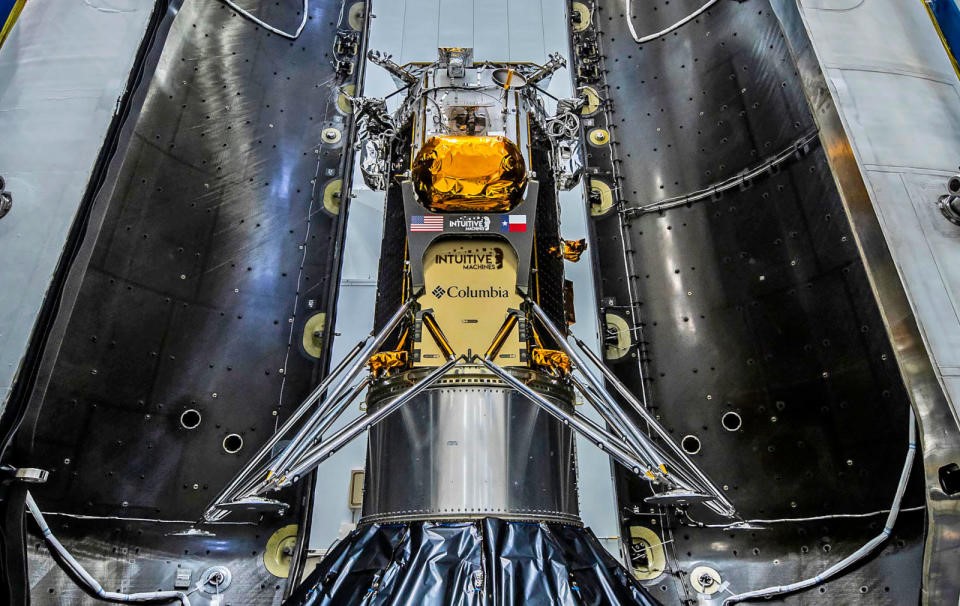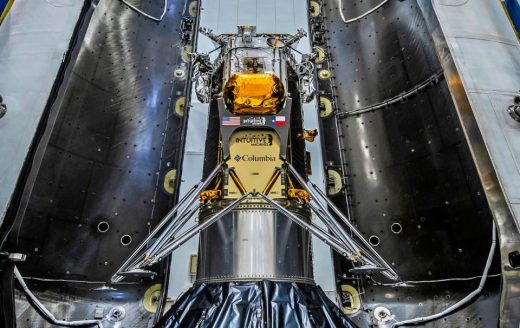Intuitive Machines’ lunar lander begins its multi-day journey to the moon
Intuitive Machines’ lunar lander begins its multi-day journey to the moon
It could become the first privately built spacecraft to touch down on the lunar surface.

Intuitive Machines’ Odysseus has started making its way to the moon and could make history as the first privately built lander to touch down on the lunar surface. The lander was ferried to space by a SpaceX Falcon 9 rocket using a booster that already had 17 flights under its belt before this one and could even fly again in the future, seeing as it had safely returned to Earth on the company’s Landing Zone 1. Both SpaceX and Intuitive Machines have confirmed that Odysseus has successfully been deployed and has started its multi-day journey to the moon.
Deployment of @Int_Machines IM-1 confirmed pic.twitter.com/daPrWFkVng
— SpaceX (@SpaceX) February 15, 2024
To be exact, Intuitive Machines has set its sights on the Malapert A crater near the moon’s south pole as Odysseus’ landing site. The spacecraft can operate for around 14 Earth days when powered by sunlight, but the company is hoping for touchdown to take place by February 22. Odysseus, the first of the Nova-C type landers Intuitive Machines is planning to launch this year, is carrying five NASA payloads in addition to commercial cargo.
The mission’s objectives include demonstrating precision landing and testing certain communication and navigation node capabilities. It will also observe how rocket plumes and space weather interact with the lunar surface. IM-1 was one of the missions NASA had chosen to take its scientific instruments to the moon over the next few years as part of its Commercial Lunar Payload Services (CLPS) initiative. The first of the CLPS missions to take off was Astrobotic’s Peregrine Mission 1, which unfortunately experienced an anomaly that prevented the lander from pointing its solar panels at the sun and caused it to leak propellant. Peregrine never made it to the moon and ended its journey by burning up in the Earth’s atmosphere upon reentry.
(20)


